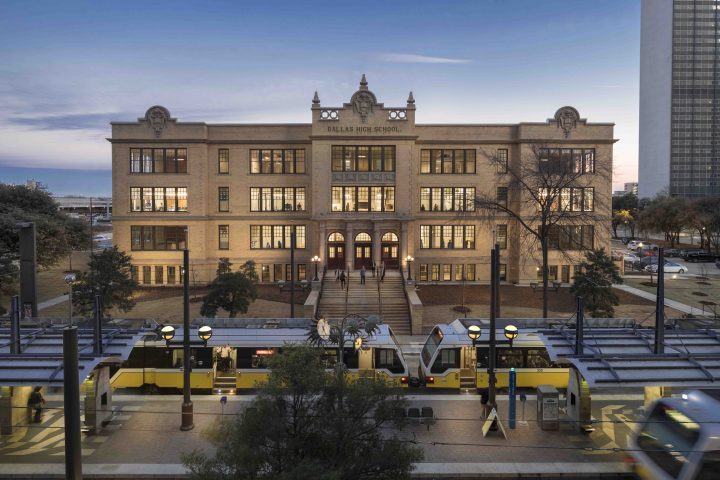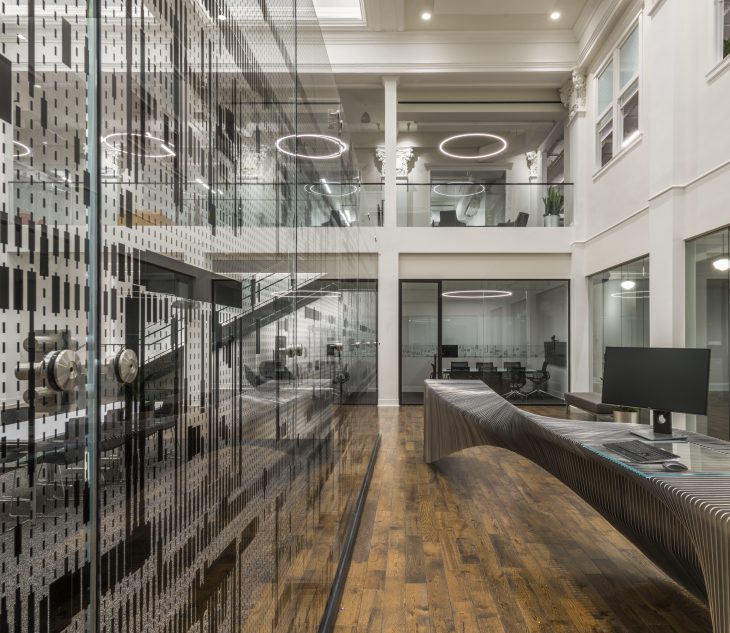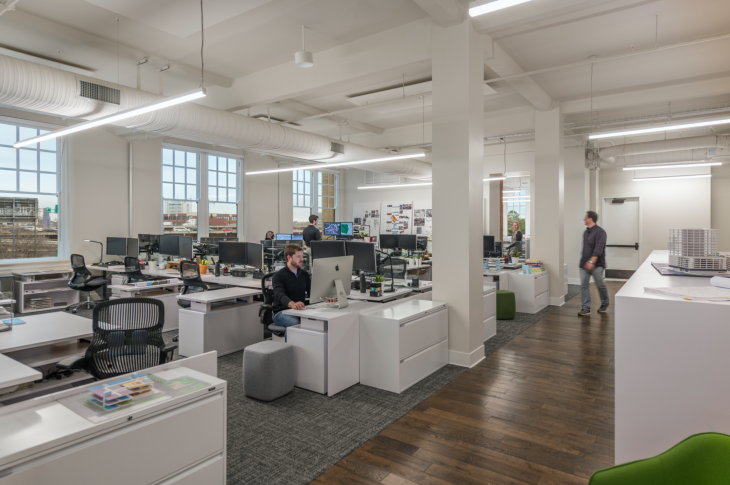How 24-hour buildings will help reactivate built environments to promote the growth of healthy and vibrant neighborhoods.
A current wave of redevelopment and urban revival is sweeping across the country—largely due to the impact of the sharing and platform economy on communities. In pursuit of a “triple bottom line” of financial, social, and environmental success, more and more cities are investing in new infrastructure that seeks to benefit their citizens and local businesses from a more holistic perspective. In other words, cities are reorienting their priorities to focus on the wellbeing of the individuals that live there, investing in what the industry has dubbed “24-hour buildings.”
As cities adapt to become more focused on the people that inhabit them, we can expect to see more walkable neighborhoods, higher density developments, mixed-use, and community buildings connected to our changing environments. Meeting the challenge of adapting to the evolving notion of shared cities, developers and architects have begun to blur the lines between public and private spaces, creating flexible, multi-use projects—or 24-hour buildings—that help reactivate built environments to promote the growth of healthy and vibrant neighborhoods.

As we examine the opportunities this new model for cities will bring to the forefront, we must question the role of corporate interiors in the context of this larger conversation. Many cities are seeking ways to implement new 24-hour standards to ensure that buildings—not just offices—are being effectively utilized from day-to-night. After all, the global economy runs around the clock, shouldn’t our buildings do the same? Office space is typically only occupied between nine and 10 hours per day, five days a week. In addition, the typical office occupancy during those hours ranges between 40 and 60 percent due to employee PTO, travel, and working from home activities—all in all, not a highly efficient model of space usage, real estate dollars, or natural resources. Moreover, the average employee, tucked away on the 37th floor of a high-rise office building, is often disconnected from community activity and the energy of the city due to security measures, large anonymous lobbies, and a lack of access to amenities. These challenges are exacerbated in suburban office parks where street life is virtually nonexistent, and highways and parking garages take center stage.

However, attitudes toward buildings and their occupants have been changing rapidly and dramatically in the last few years. As we become more mindful about our lives and the choices we make, we are more aware of what can positively influence our health and wellbeing. What would happen if we created environments that made it easier for us to choose more wisely? What would happen if we lived and worked in places where walking, biking, eating healthy food, connecting with others were made appealing? How exciting would it be if our communities felt like true neighborhoods with a unique visual character that blends activities day and night, and are authentically designed to house office, retail, residential, and cultural spaces? More importantly—how can we implement all of these qualities to create a 24-hour building that equally nurtures our minds, bodies, and spirits?

A great case study to cite on how to successfully plan and execute a functional 24-hour building is the recently-completed Southwest headquarters for Perkins+Will. Situated within the historic Dallas High School building, which sat vacant for nearly twenty years, the Dallas studio of Perkins+Will leveraged their extensive experience and knowledge to craft a workspace that encourages creativity, diversity, and innovation from the inside out. Selecting a historic building allowed the firm to underscore its dedication to both sustainability and adaptive reuse, while opening the door for its own office to achieve various certifications such as LEED CI, WELL Building Standard and Fitwel.

Connected to the fabric of its downtown location as well as public transit hubs, this 24-hour building provides its daily inhabitants with a town hall space that is also open to the neighborhood after hours for community and speaking events, creating a hub for the rest of the office and promoting a connection to the community. With a multi-family project in the works in an adjacent lot, this office space will be located across additional event, restaurant, and outdoor spaces.
As initiatives like the Sharing Cities Alliance, Betterblock.org, BCworkshop.org, and other community programs gain ground, the move toward a networked architecture of mixed-use zoning, varied architecture, and multifunctional assets has the potential to dramatically increase the health, wealth, and resource efficiency of all city residents. We are driven to aim for better solutions to blend both public and private spaces as well as to connect work, play, and life spaces. More than ever, interior architecture, design, and community partnerships are playing a considerable role in shaping and revitalizing existing built environments and, consequently, empowering communities to promote the growth of healthy and vibrant neighborhoods within changing dynamics. As we continue to look at how we design for our clients—corporate, civic, or institutional—we believe an approach that integrates all aspects of life is the key to a vibrant, sustainable future. In this sense, 24-hour buildings may well be the first phase in a larger movement toward a sharing economy, boosting sustainability and a greater commitment to improving overall quality of life.


